John R Ballard - From Kabul To Baghdad And Back: The U.S. at War in Afghanistan and Iraq
Here you can read online John R Ballard - From Kabul To Baghdad And Back: The U.S. at War in Afghanistan and Iraq full text of the book (entire story) in english for free. Download pdf and epub, get meaning, cover and reviews about this ebook. year: 2012, publisher: Naval Institute Press, genre: Politics. Description of the work, (preface) as well as reviews are available. Best literature library LitArk.com created for fans of good reading and offers a wide selection of genres:
Romance novel
Science fiction
Adventure
Detective
Science
History
Home and family
Prose
Art
Politics
Computer
Non-fiction
Religion
Business
Children
Humor
Choose a favorite category and find really read worthwhile books. Enjoy immersion in the world of imagination, feel the emotions of the characters or learn something new for yourself, make an fascinating discovery.

- Book:From Kabul To Baghdad And Back: The U.S. at War in Afghanistan and Iraq
- Author:
- Publisher:Naval Institute Press
- Genre:
- Year:2012
- Rating:5 / 5
- Favourites:Add to favourites
- Your mark:
From Kabul To Baghdad And Back: The U.S. at War in Afghanistan and Iraq: summary, description and annotation
We offer to read an annotation, description, summary or preface (depends on what the author of the book "From Kabul To Baghdad And Back: The U.S. at War in Afghanistan and Iraq" wrote himself). If you haven't found the necessary information about the book — write in the comments, we will try to find it.
From Kabul to Baghdad and Back provides insight into the key strategic decisions of the Afghan and Iraq campaigns as the United States attempted to wage both simultaneously against al-Qaeda and its supporting affiliates. It also evaluates the strategic execution of those military campaigns to identify how well the two operations were conducted in light of their political objectives. The book identifies the elements that made the 2001 military operation to oust the Taliban successful, then with combat operations in Iraq as a standard of comparison, the authors analyze the remainder of the Afghan campaign and the essential problems that plagued that effort, from the decision to go to war with Iraq in 2002, through the ill-fated transition to NATO lead in Afghanistan in 2006, the dismissal of Generals McKiernan and McChrystal, the eventual decision by President Obama to make the Afghan campaign the main effort in the war on extremism, and the final development of drawdown plans following the end of the war in Iraq. No other book successfully compares and contrasts the campaigns in Iraq and Afghanistan from a national strategic perspective, analyzing the impact of fighting the Iraq War on the success of the United States campaign in Afghanistan. It is also the first book to specifically question several key operational decisions in Afghanistan including: the decision to give NATO the lead in Afghanistan, the decisions to fire Generals McKiernan and McChrystal and the decision to conduct an Iraq War-style surge in Afghanistan. It also compares the Afghan campaigns fought by the Soviet Union and the United States, the counterinsurgency campaigns styles in Iraq and Afghanistan and the leadership of senior American officials in both Iraq and Afghanistan. In the final chapter, the key lessons of the two campaigns are outlined, including the importance of effective strategic decision-making, the utility of population focused counterinsurgency practices, the challenges of building partner capacity during combat, and the mindset required to prosecute modern war.
John R Ballard: author's other books
Who wrote From Kabul To Baghdad And Back: The U.S. at War in Afghanistan and Iraq? Find out the surname, the name of the author of the book and a list of all author's works by series.


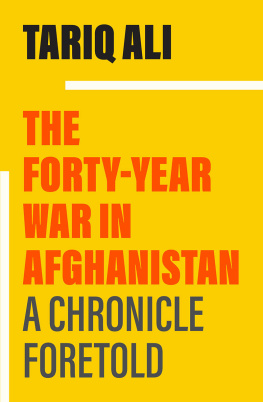
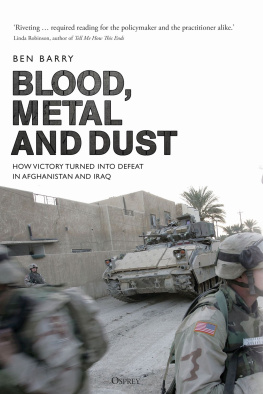
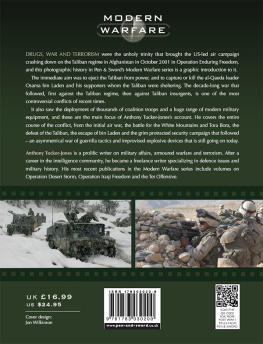
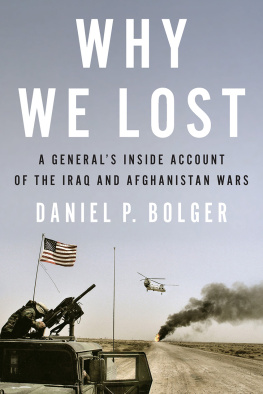
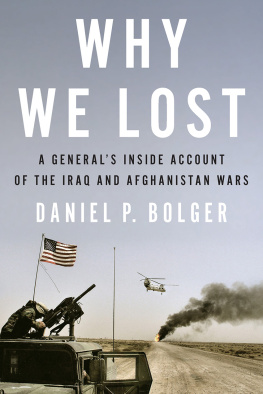



 This paper meets the requirements of ANSI/NISO z39.48-1992
This paper meets the requirements of ANSI/NISO z39.48-1992